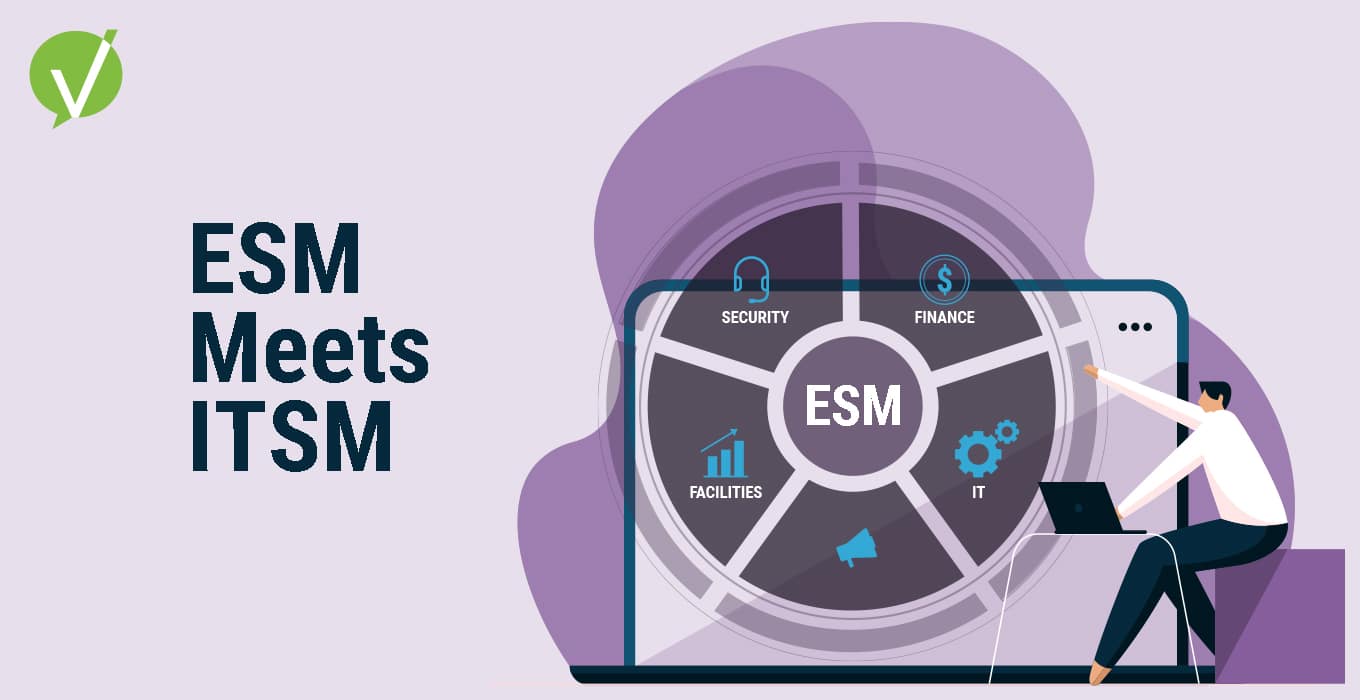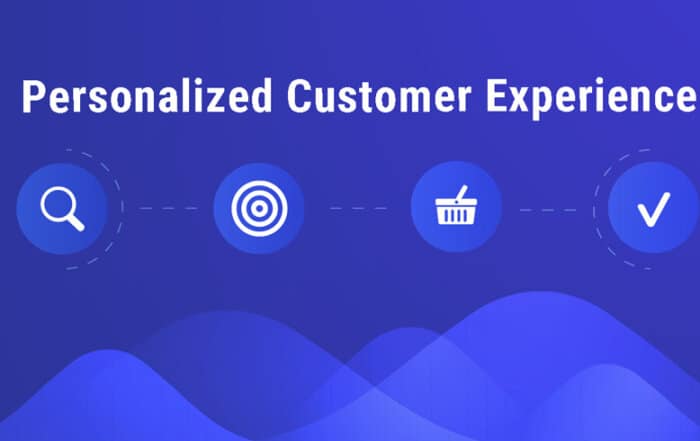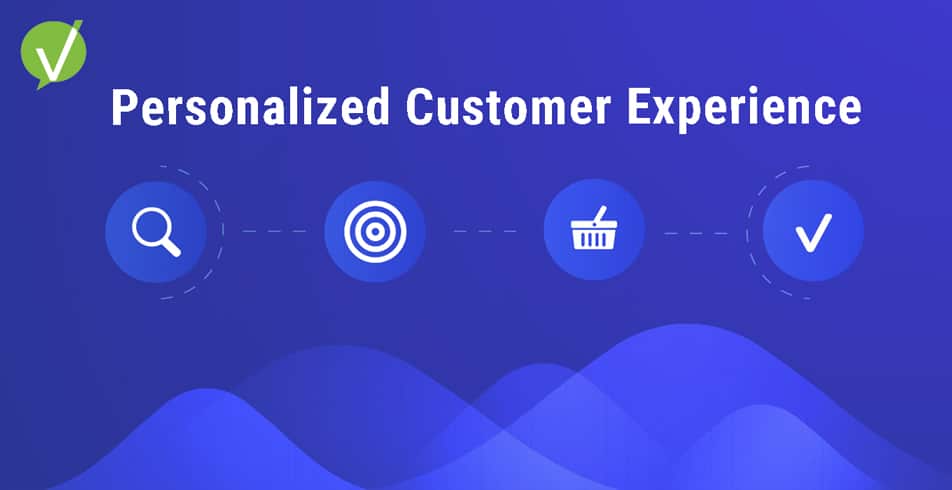Enterprise Service Management Examples: ESM Meets ITSM
Introduction
In this article, we’ll start by examining examples of mock organizations that have effectively adopted Enterprise Service Management across various business functions. Later on, we’ll delve deeper into the extensive benefits it can bring to your operations.
Key Takeaways
- ESM is a holistic approach to service management that aligns ITSM principles and practices with business processes to optimize service delivery across the enterprise.
- Examples that demonstrate how ESM has improved service desk operations, enabled automation, and enhanced service request management.
- By implementing ESM and leveraging ITSM principles, organizations can improve their service delivery, streamline operations, and achieve strategic business goals.
- Adopting an integrated approach to service management and utilizing ESM tools can help organizations overcome implementation challenges and optimize service delivery.
ESM can also improve HR service delivery and enhance the employee experience by leveraging self-service portals, automation, and knowledge management in HR processes.
Implementing ESM Across the Enterprise
Welcome to the world of Enterprise Service Management (ESM), where service delivery meets IT service management (ITSM) principles and practices. As organizations continue to grow and expand their operations, the need for efficient and effective service management across the enterprise is becoming a top priority. In this article, we will introduce you to examples of ESM and how organizations may improve their service delivery using ITSM principles and practices.

ESM in Action: A Practical Example
Consider a scenario where your IT teams have embarked on a journey to automate service requests and various operational processes. This strategic move holds immense significance, benefiting both your customers and the internal IT teams that play a pivotal role in ensuring seamless service delivery.
Customer-Centric Benefits:
By automating service requests and processes, your IT teams are essentially empowering your customers—your colleagues who rely on IT services for software, processes, and tools. This automation offers them user-friendly ways to access knowledge and swiftly address their own issues without the need for direct assistance. This means quicker problem resolution and enhanced user satisfaction.
Internal Efficiency:
Beyond its positive impact on customers, automation also directly benefits your IT teams. It streamlines their workloads, making service delivery more efficient and effective. The automation of routine tasks frees up valuable time and resources, enabling IT professionals to focus on more strategic initiatives and complex challenges.
The Role of ITSM Principles:
You may wonder how all of this ties into ITSM (IT Service Management) principles. ITSM, as its name suggests, encompasses the strategies, policies, and processes used by organizations to deploy, manage, and enhance IT service delivery. Traditionally, ITSM primarily revolved around IT services, such as setting up hardware and providing helpdesk support.
However, in today’s digital age, where technology permeates every facet of business operations, ITSM has evolved to encompass all services offered by your organization. Whether it’s software development, marketing, sales, finance, or HR, ITSM now plays a crucial role in optimizing service delivery across the entire business landscape.
A New Perspective on IT:
Rather than viewing IT as a mere problem-solving entity that emerges when other business functions encounter issues, ITSM encourages organizations to see the IT team as the central service provider. This perspective shift positions IT as the enabler that empowers the entire business to efficiently achieve both team-specific and broader organizational objectives.
Business Analogy:
Think of ITSM as akin to any business that offers a service or product. These businesses harness materials, tools, and expertise to deliver their products to external customers. In the realm of ITSM, your IT team utilizes these same resources to deliver services as efficiently as possible to its own customers—internal teams and organizational functions.
Core Objectives of ITSM:
Ultimately, the core objectives of ITSM are to structure the design, implementation, and delivery of services in a way that:
- Enhances operational efficiency, reducing manual effort and time wastage.
- Mitigates risks associated with service disruptions or inefficiencies.
- Facilitates strategic planning, aligning IT services with broader business needs and goals.
Incorporating ITSM principles into your organization’s enterprise service management approach can lead to improved operations, reduced risks, and a strategic alignment that supports the overall success of your business in the digital era.
As you can see, ESM can be applied across various business functions, providing a unified approach to service management
and improving overall efficiency and productivity.
When implementing ESM in your organization, it’s important to take a strategic approach and consider the unique requirements of each business function. Some best practices for ESM implementation include:
- Defining clear goals and objectives
- Establishing a governance framework
- Engaging stakeholders from different business functions
- Choosing the right ESM solution
- Providing adequate training and support
By following these best practices, you can ensure a successful implementation and reap the benefits of integrated service management.
Don’t be intimidated by the idea of implementing ESM. With the right strategy and solution, your organization can achieve the same level of success as those in the examples above. Start by identifying which business functions could benefit from ESM, selecting an appropriate solution, and working with stakeholders to ensure a smooth transition.
Industrial Efficiency: Applied Example of Enterprise Service Management (ESM)
In the pursuit of operational excellence and heightened efficiency, industries are continually seeking innovative solutions to surmount their distinctive challenges.
For an applied example of how Enterprise Service Management (ESM) can fundamentally reshape operations, we turn our attention to the realm of industrial manufacturing. Here, amidst the intricate processes of industrial machinery manufacturing, companies such as Acme Manufacturing have recognized the immense potential of ESM to drive transformative change.
In this example let’s embark on the industrial manufacturing sector to demonstrate how ESM principles can be strategically harnessed to fine-tune their operations, minimize downtime, and bolster interdepartmental communication.
Company Name: Acme Manufacturing
Business Overview: Acme Manufacturing is a leading company in the industrial machinery manufacturing sector. They produce a wide range of industrial equipment, from conveyor systems to heavy-duty machinery used in manufacturing plants.
Challenges: Acme Manufacturing faced several challenges in their operations:
- Service Disruptions: They encountered frequent breakdowns and service disruptions in their machinery, leading to production delays and increased downtime.
- Communication Gaps: Communication between the maintenance teams, production teams, and procurement departments was often fragmented, causing delays in resolving issues and ordering spare parts.
- Resource Allocation: Allocating resources, such as maintenance staff and spare parts inventory, was inefficient and often led to overstocking or understocking of critical components.
ESM Implementation:
Acme Manufacturing decided to implement ESM to address these challenges and optimize their operations. Here’s how they applied ESM principles:
- Integrated Service Desk: They established an integrated service desk that centralizes service requests from various departments, including maintenance, production, and procurement. This allowed for streamlined communication and quicker issue resolution.
- Asset Management: Acme implemented an asset management system to track the condition and performance of their machinery in real-time. This proactive approach helped identify potential issues before they led to breakdowns.
- Resource Optimization: ESM allowed them to optimize the allocation of maintenance staff and spare parts inventory. They used data analytics to predict maintenance needs, reducing overstocking and minimizing downtime due to part shortages.
4. Self-Service Portal: To empower their employees, Acme introduced a self-service portal where production line operators could report minor issues and request maintenance support directly. This not only improved efficiency but also reduced the workload on the service desk.
ESM Implementation Results:
The implementation of ESM at Acme Manufacturing yielded significant results:
- Reduced Downtime: With proactive maintenance and quicker issue resolution, they experienced a substantial reduction in production downtime, leading to increased productivity and cost savings.
- Improved Communication: The centralized service desk and integrated communication tools bridged the gaps between departments, enhancing collaboration and reducing miscommunication.
- Cost Savings: By optimizing resource allocation and spare parts inventory, Acme achieved cost savings while maintaining efficient operations.
- Employee Empowerment: The self-service portal empowered production line operators to contribute to the maintenance process, fostering a culture of collaboration and responsibility.
In this detailed example, Acme Manufacturing leveraged ESM principles to transform their operations, resulting in improved efficiency, reduced downtime, and cost savings. ESM enabled them to streamline processes, enhance communication, and proactively address maintenance needs, ultimately making them more competitive in their industry.
Optimizing Service Delivery with ESM
As we’ve discussed, enterprise service management (ESM) offers organizations a holistic approach to service management, enabling efficient and effective service delivery across the entire enterprise. By leveraging ESM tools, organizations can improve the quality of their service desk operations, enhance service request management, and enable automation.
The Importance of Service Management Framework
One key element of ESM is the adoption of a service management framework. A framework provides a structured approach to managing services and ensures that service delivery is aligned with business objectives. It also helps to manage risks, resolve issues, and continuously improve services.
One common framework used for ESM is ITIL (Information Technology Infrastructure Library). ITIL provides a comprehensive set of best practices for IT service management, including service design, service transition, service operation, and continual service improvement.
How ESM Helps
ESM has several benefits when it comes to optimizing service delivery:
- Improved communication between IT and other business units
- Enhanced service delivery through the use of ESM tools
- Streamlined service request management through automation
- Increased visibility into service performance and metrics
How to Implement ESM for Optimal Service Delivery
To implement ESM effectively, organizations should consider the following:
- Define service management processes and align them with business goals.
- Choose ESM tools that are tailored to your organization’s needs.
- Train staff on ESM and the service management framework.
- Establish service level agreements (SLAs) and metrics to measure service performance.
- Continuously monitor and improve service delivery through the use of data and analytics.
By adopting ESM, learning from the enclosed mock examples, and implementing these best practices, organizations can optimize service delivery across the enterprise, enhancing business efficiency and improving customer satisfaction.
ESM and ITSM: Examples of Leveraging Synergies
As you’ve witnessed throughout this article, Enterprise Service Management (ESM) holds the potential to revolutionize your organization’s service management landscape. By embracing ESM, you have the opportunity to elevate your service delivery standards, enrich the employee experience, and unlock the full potential of your operational efficiency.
Ready to embark on this transformative journey with ESM? Let’s explore the possibilities together. Reach out to our ESM experts today or sign up for a free demo. Discover how implementing ESM can propel your organization towards enhanced service excellence, improved employee satisfaction, and optimized operations. Don’t wait—seize the power of ESM and reshape your organization’s future today.













